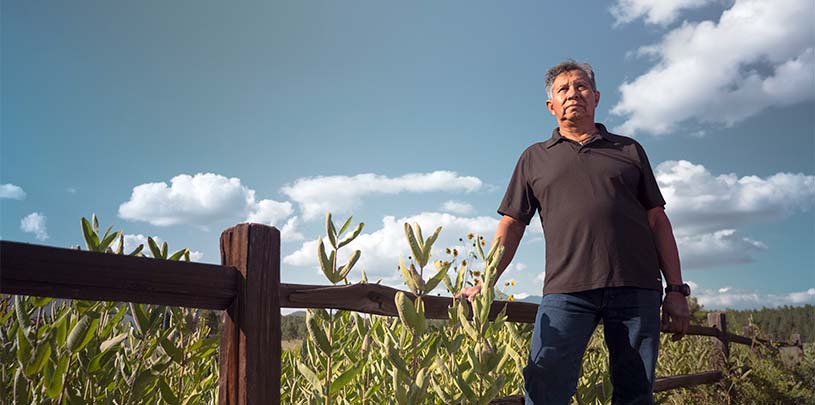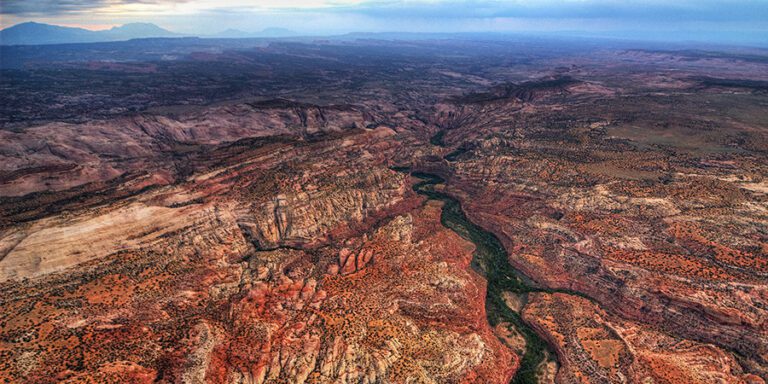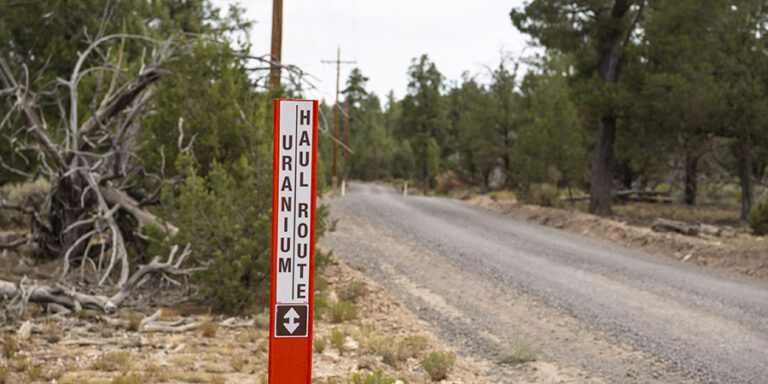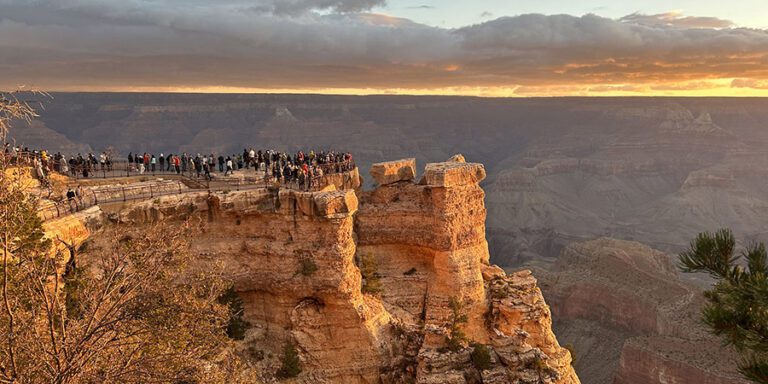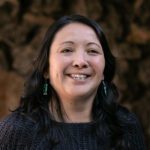
For Octavius Seowtewa, a Zuni cultural advisor, the Little Colorado River is a connection to home.
Octavius Seowtewa, a Zuni cultural advisor, has floated down the Colorado River through the Grand Canyon dozens of times on cultural monitoring trips. On every trip, he finds new pieces of information left behind by his ancestors — rock art, pottery, projectile pieces, and more.
The Zuni people, Seowtewa explains, emerged from the bottom of the Grand Canyon at a place called Ribbon Falls. Looking through a camera viewfinder on one of his river trips, Seowtewa spotted a pictograph panel that depicts his people pulling each other out from Ribbon Falls — the Zuni emergence story etched in stone.
“It’s gratifying to come to places like that for the first time, knowing your oral history and making that connection to what they left behind,” Seowtewa says.
Zuni, New Mexico is about 200 miles as the crow flies from Grand Canyon National Park. But tributaries connect the Zuni people and Zuni lands to their place of origin in the canyon. The Zuni River flows into the Little Colorado River, and the Little Colorado River flows into the mainstem Colorado River.
“We have that river connection all the way to the Grand Canyon,” Seowtewa says. “Water doesn’t regularly flow through the Zuni River now, but our religious leaders still leave offerings there. When we do get floods, we understand that whatever was offered in Zuni ends up in the Colorado River.”
Every confluence, a new life
In the Zuni language, the Little Colorado River is called, “K’yawinan A’honna,” which means “red river.”
On each of Seowtewa’s 26 river trips (and counting), he has stopped at the confluence of the Little Colorado and Colorado rivers.
“I’ve been there when it was flooding, and I’ve been there when the water has been blue. But standing there, during the floods when the water is red, I know that water came from Zuni. So I have that connection all the way back home.”
It’s not just the confluence of the Little Colorado and Colorado rivers that is important to Zuni. Confluences everywhere throughout the whole world, Seowtewa says, are significant.
“Any confluence, where it connects two rivers and makes one, is important because it’s like a whole new generation, a whole new life coming in.”
Obstructions block the Zuni spiritual way of life
All waterways are connected, says Seowtewa, and eventually flow into the ocean.
“Now, if you put something in that obstructs the natural flow of the river, like a dam, it takes away the ability to have our offerings and prayers answered.”
Seowtewa points to Glen Canyon Dam as an example of how a 710-foot-high concrete wall has impacted the Zuni spiritual way of life.
“Before the dam, our people walked across the river when it was low…I know it’s hard for people to understand, but for us, our people are still there. They’re just like walking people, not spirits, but actually in the canyon like when they were alive a long time ago. And with the water constantly flowing after the dam, they can’t go and visit with their families or friends on the other side of the river.”
Recent dam proposals on the Little Colorado River and its tributaries have Seowtewa worried about his prayers reaching the ocean.
“It’s going to have the same effect as Lake Powell and Lake Mead. It’s going to stop our prayers from going the place where they were intended,” he says. “I know big corporations are only there to increase their base wealth. I always say that hopefully, our ancestors will not let that happen.”
The Little Colorado River, important to all
Seowtewa has floated downriver with individuals from many of the affiliated Grand Canyon tribes. On these intertribal trips, he says each tribe performs its own ceremonies at the confluence.
“Being there observing what they did to respect the water was very moving for me because it wasn’t just Zuni that was concerned with the Little Colorado River. All associated tribes have connections.”
Seowtewa wants people to understand that the Little Colorado River connects Native peoples with their history, and it is not intended for recreation.
“We were never asked why this place is important to us. There are a lot of collection areas, there are a lot of offering places we go to when we go down the river,” he says.
Throughout the years, he has seen popular archaeological sites in the Grand Canyon, including those at the confluence of the Little Colorado and Colorado rivers, picked clean. He urges visitors, “If you see it, look at it, put it back, because that’s where it was intended to stay.”

